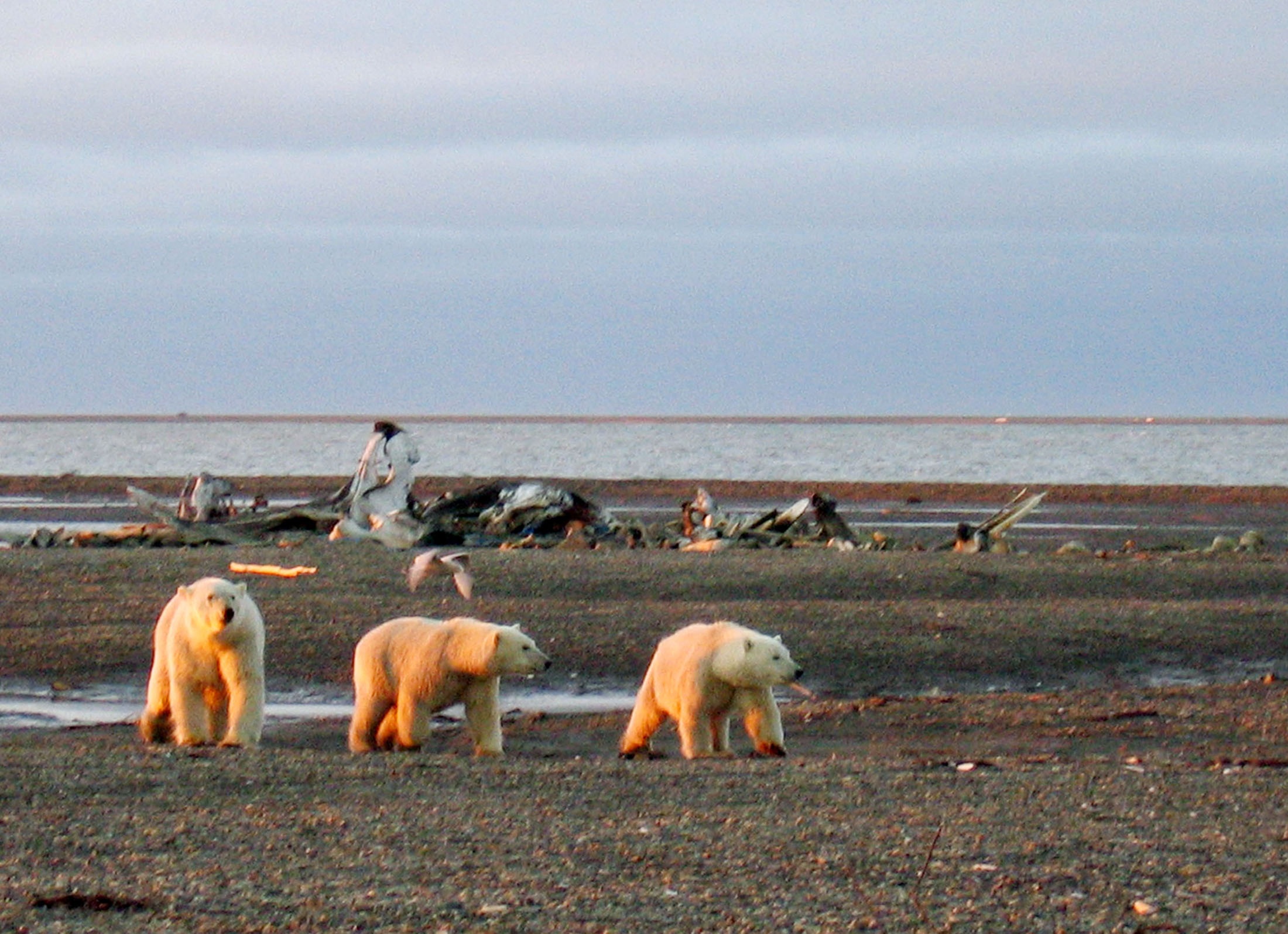Trump’s Interior Department shortlist vexes employees, green groups
WASHINGTON — President-elect Donald Trump’s shortlist of candidates to lead the U.S. Department of Interior has employees and environmental advocates fearful of a shift in the agency’s direction, from one focused on preserving public lands to one that would open them up to more drilling and mining.
The outcome will have implications for industry access to millions of acres of national parks, reserves and tribal territories stretching from the Arctic to the Gulf of Mexico and the viability of President Barack Obama’s efforts to keep the United States in line with international agreements to reduce the impacts of climate change.

Republican Trump, a New York real estate businessman who has never previously held public office, has leaned toward right-wing loyalists for the Cabinet since winning the Nov. 8 election.
He is considering oil drilling advocates like Oklahoma Governor Mary Fallin, Alaska’s former governor Sarah Palin and Lucas Oil co-founder Forrest Lucas to run the Interior Department, media reports and Reuters sources said. Other contenders are several politicians from Western states who favor easier development of public lands.
Any of those picks could trigger battles with environmental groups and cause internal strife at an agency where many workers see themselves as land stewards after nearly eight years of conservation-minded policies under Democrat Obama.
“Public lands have been set aside to ‘preserve and protect’ cultural and scientific resources for future generations,” said Geoff Goins, a National Park Service ranger at the Bandelier National Monument in New Mexico, adding that with Trump coming in, “people are concerned about their jobs.”
Other Interior Department employees interviewed by Reuters said they were worried the agency’s environmental mandate would be weakened under Trump, and green advocates said they were bracing to resist those changes.
“Climate change is a major focus of conservation concern for national parks,” said one National Park Service employee in the Northwest who asked not to be identified. “If (Trump’s administration) gets in the way of scientists…we are all in deep trouble.”
During the election campaign, Trump tweeted that “the concept of global warming was created by and for the Chinese in order to make U.S. manufacturing non-competitive” – a view that is at odds with most but a few scientists who study the impacts of rising global temperatures and extreme weather.
Maureen Finnerty, chair of the Coalition to Protect America’s National Parks, an organization of more than 1,200 current and former National Parks employees, said it was ready to launch a public relations campaign against Trump if he pursues an anti-environmental agenda.
“We will be vigilant and hope for the best,” she said.
The Interior Department employs more than 70,000 people across the United States and oversees over 20 percent of federal land.
Under Obama, the Interior Department played a big role in efforts to curb the effects of climate change by limiting fossil fuel development in some areas. Outgoing Interior Secretary Sally Jewell banned coal mining on public lands, canceled leases for drilling in the Arctic and Atlantic coasts, expanded wildlife protection and cracked down on industry methane emissions.
The Obama administration planned on using forest restoration on federal lands as a way to help the United States meet its long-term goals under the 2015 Paris agreement within the United Nations Framework Convention on Climate Change. The agreement outlines how countries will deal with lowering greenhouse gas emissions starting in 2020.
Trump has given mixed messages on his plans for Interior.
In an interview with Field and Stream magazine in January, Trump said: “I want to keep the lands great… We have to be great stewards of this land.”
But he has advocated strongly for boosting energy development on federal lands and has criticized Obama’s use of environmental regulation to check oil and gas development.
He picked renowned climate change skeptic Myron Ebell to run his transition at the Environmental Protection Agency. U.S. Representative Kevin Cramer of North Dakota said Trump could consider hiring as his energy secretary Harold Hamm, an oil and gas driller and a pioneer of developing shale oil resources.
One potential Interior Department head is Oklahoma Governor Fallin, who met with Trump on Monday. She has been an ardent supporter of Oklahoma’s drilling industry and has blocked attempts to ban hydraulic fracturing, or fracking, a controversial drilling technology.
Fallin’s spokesman confirmed she is being considered for the post, but said there has been “no offer given.”
Also on the shortlist is Palin, who made famous the motto “Drill, Baby, Drill” when she was the vice presidential running-mate to Republican John McCain in 2008, and former Arizona Governor Jan Brewer, a Trump supporter without experience in public lands policy.
Governor Butch Otter of Idaho, venture capitalist Robert Grady and U.S. Representatives Cynthia Lummis and Rob Bishop of Wyoming and Utah are also potential candidates for the job. All declined comment.